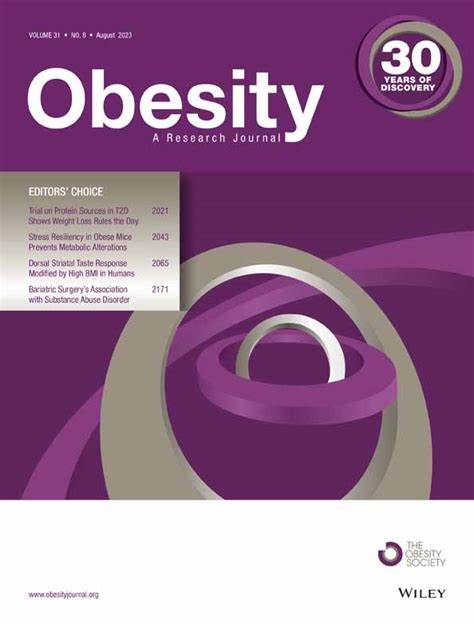Age and BMI have different effects on subcutaneous, visceral, liver, bone marrow, and muscle adiposity, as measured by CT and MRI
Abstract
Objective
We analyzed quantitative computed tomography (CT) and chemical shift–encoded magnetic resonance imaging (MRI) data from a Chinese cohort to investigate the effects of BMI and aging on different adipose tissue (AT) depots.
Methods
In 400 healthy, community-dwelling individuals aged 22 to 83 years, we used MRI to quantify proton density fat fraction (PDFF) of the lumbar spine (L2–L4) bone marrow AT (BMAT), the psoas major and erector spinae (ES) muscles, and the liver. Abdominal total AT, visceral AT (VAT), and subcutaneous AT (SAT) areas were measured at the L2-L3 level using quantitative CT. Partial correlation analysis was used to evaluate the relationship of each AT variable with age and BMI. Multiple linear regression analysis was performed in which each AT variable was evaluated in turn as a function of age and the other five independent AT measurements.
Results
Of the 168 men, 29% had normal BMI (<24.0 kg/m2), 47% had overweight (24.0–27.9 kg/m2), and 24% had obesity (≥ 28.0 kg/m2). In the 232 women, the percentages were 46%, 32%, and 22%, respectively. Strong or very strong correlations with BMI were found for total AT, VAT, and SAT in both sexes. BMAT and ES PDFF was strongly correlated with age in women and moderately correlated in men. In both sexes, BMAT PDFF correlated only with age and not with any of the other AT depots. Psoas PDFF correlated only with ES PDFF and not with age or the other AT depots. Liver PDFF correlated with BMI and VAT and weakly with SAT in men. VAT and SAT correlated with age and each other in both sexes.
Conclusions
Age and BMI are both associated with adiposity, but their effects differ depending on the type of AT.

 求助内容:
求助内容: 应助结果提醒方式:
应助结果提醒方式:


